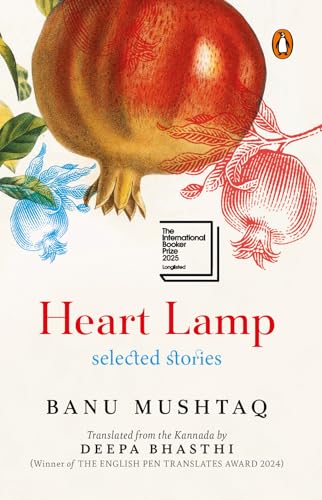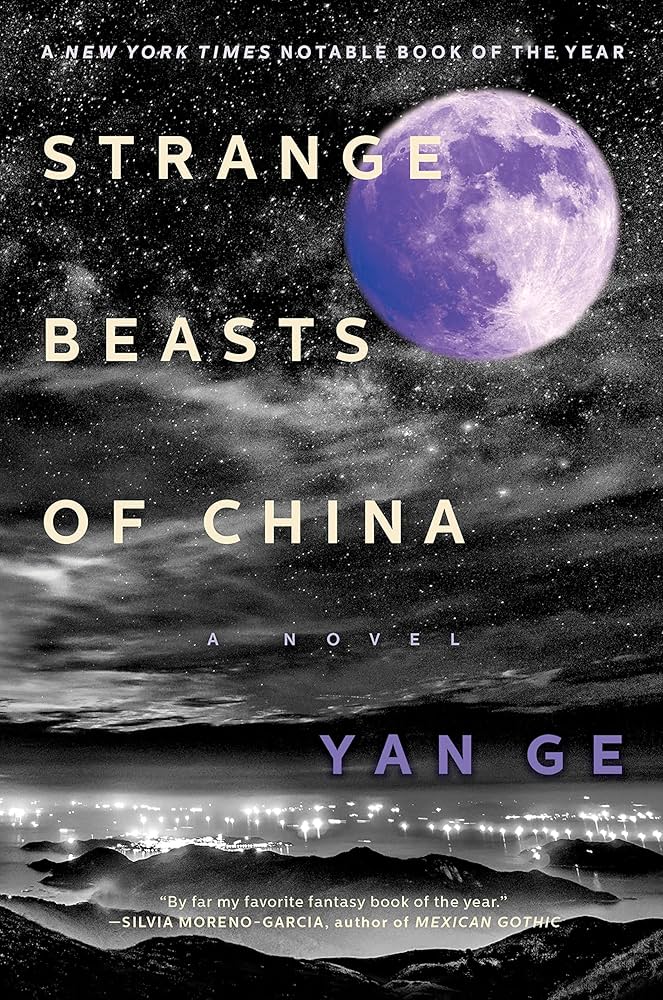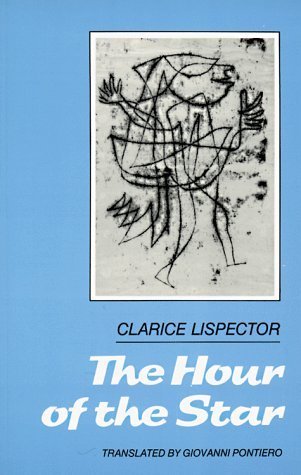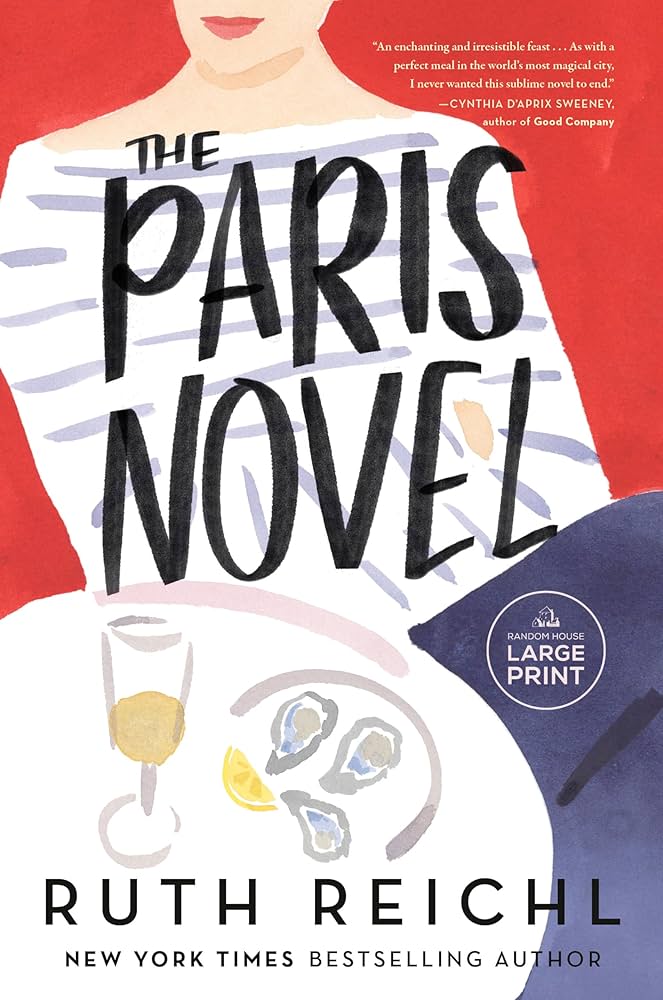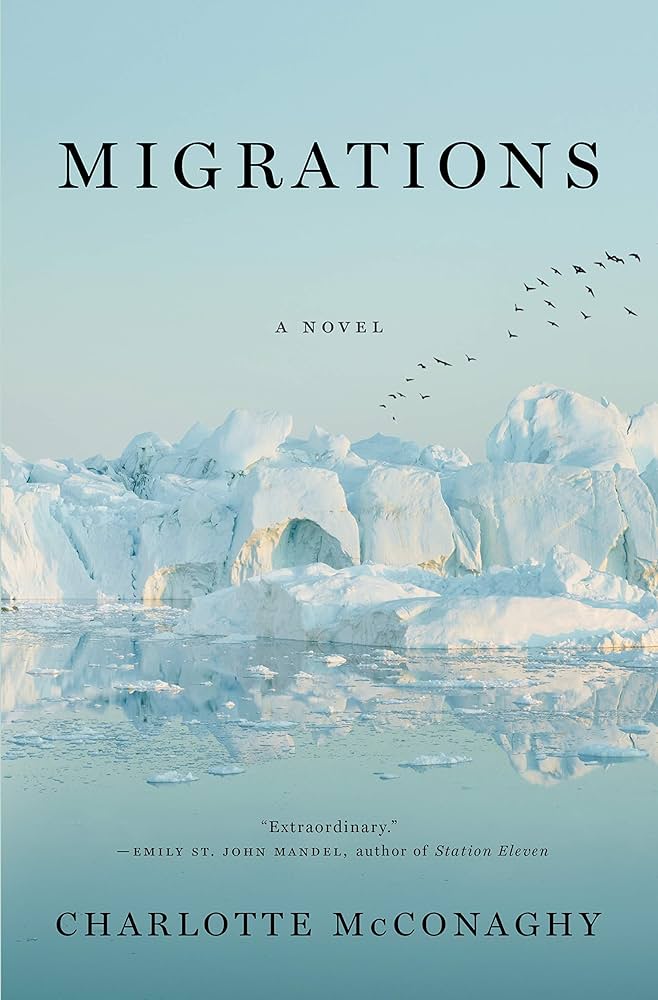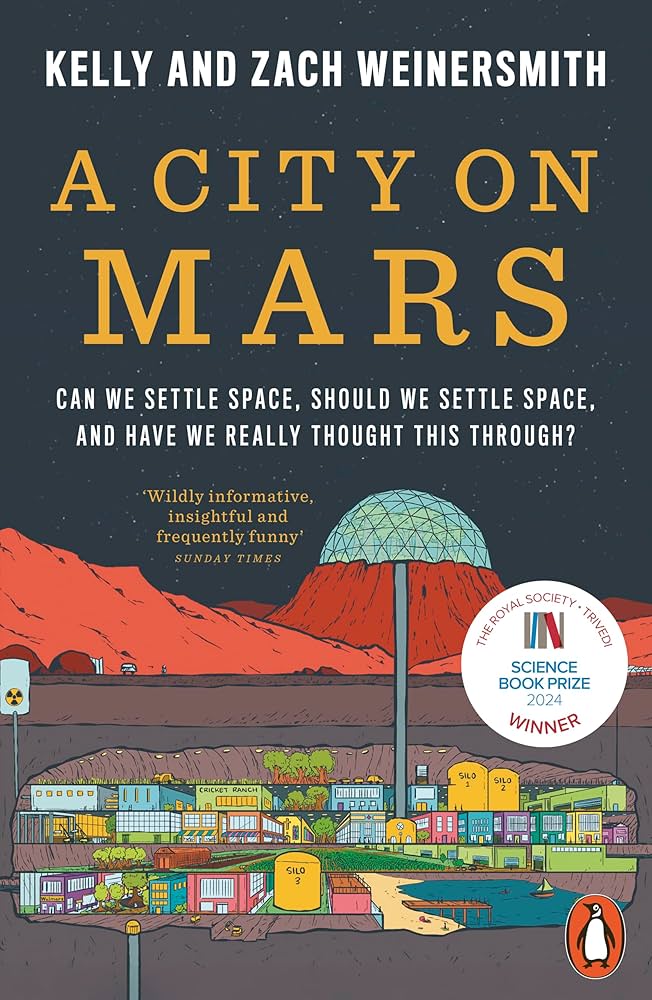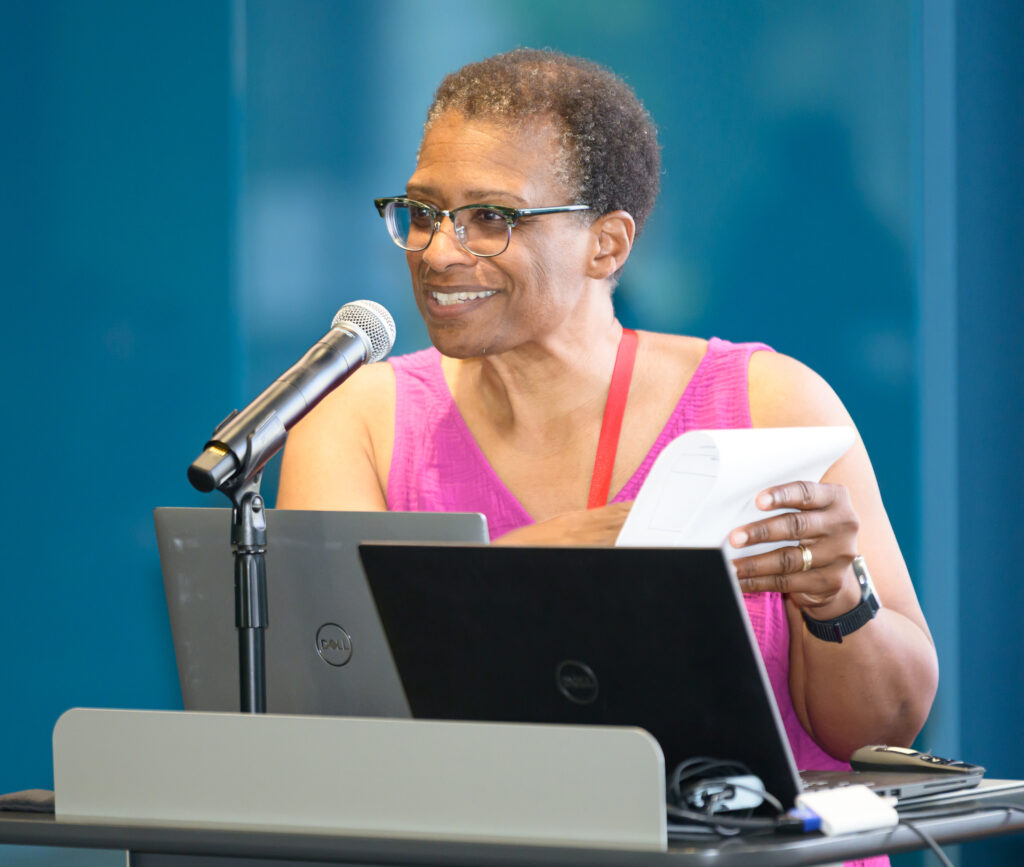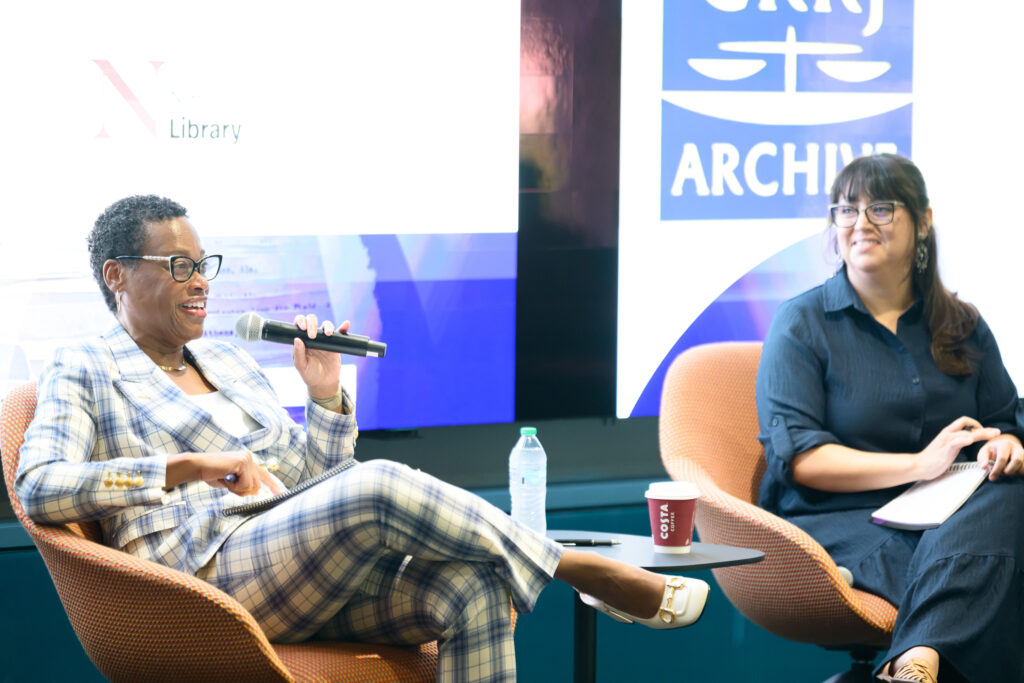What’s in a Name? Improving Research Accessibility While Honoring Victims of Racial Violence
When I first began my role as an archives assistant for the Burnham-Nobles Digital Archive (BNDA), I was struck by the scale of the work before me. Around 2,000 victims of racial violence were represented in the data. My job was to catalog and contextualize the archival materials detailing their stories to ensure documents were easily discoverable within the archive. From the outset, I realized that names—how they are recorded, preserved, and made searchable—would be integral to this work.
As the archives assistant, cataloging meant creating detailed item-level records using the Civil Rights and Restorative Justice (CRRJ) Project’s data management system, Airtable, a platform built on data meticulously gathered by CRRJ staff. To verify and recover victims’ names, researchers cross-referenced varying documents—death certificates, draft cards, court records, newspaper articles, correspondence, and advocacy group materials—and developed a clear methodology, described in this narrative on the BNDA website, to address conflicting information across sources.

To reflect the complexity that accompanied names, each case record includes an authoritative name (the verified full name established by researchers), along with fields for given name, family name, and alternate names. On the public-facing archive, this structure allows users to locate victims not only by their correct name, but also by common misspellings, nicknames, or other recorded versions. In this way, the system both acknowledges historical inconsistencies and restores the victim’s true identity.
Creating cataloging records that fed into this framework, I strove to ensure that materials remained discoverable while centering the dignity of each individual. However, much of the material I worked with—primarily newspaper articles—posed significant challenges. Victims were often not named at all, but instead referred to by racial epithets, such as “The Negro.” Even when names were used, they were frequently misspelled or misreported. Women were commonly identified only in relation to their husbands, while derogatory nicknames could replace real names entirely.
A single victim may appear in the historical record under multiple conflicting names. For example, Levi George, a victim most frequently called “Texas Red” in newspapers, was also referred to as Levi Joy or Red Williams. Including all three of these alternate names as metadata allows researchers to locate Levi’s case using names they are more likely to come across, while also reclaiming his full identity, by emphasizing his true name—Levi George—in the record.

These situations required both flexibility and creativity. When a news article about a violent incident omitted a victim’s name entirely but mentioned the date and location, I could often identify the individual by filtering Airtable using those data points. From there, I would catalog the resource appropriately, connecting it to the victim’s record so that future researchers could access it even if the name never explicitly appeared in the text itself.

Names also shaped the way resources were titled and summarized. For newspaper articles, the notes field often followed a formula: [Resource type] + [brief description of incident] + [victim name]. This is how, for instance, the abstract “News article from the Atlanta Daily World about the shooting of Levi George” was generated. Titles for advocacy records, lacking the same copyright restrictions as newspaper articles, followed a somewhat similar format: [Resource type] + [organization name] : [victim name]. This is how another resource became titled, “Legal files from the NAACP : Levi George.” Choosing to prioritize the victim’s name, rather than the perpetrator’s, when titling and describing resources was a conscious decision—a subtle yet meaningful reversal of the dehumanizing tendencies found in many historical documents.
Over time, I came to see cataloging records and naming as both technical functions and ethical responsibilities. Each name recovered or connected to a resource served a dual purpose: improving research and digital access, while also restoring the humanity to someone who had once been denied it. I am grateful to have contributed to this work and proud to be part of a project that sees names not simply as data points, but as acts of remembrance and justice.
You can read more about the Version 2 Update of the BNDA in Gathering the Red Record: A Two-Day Convening on Linking Racial Violence Archives.
Annie Ross (she/her/hers) served as an archives assistant for the Burnham-Nobles Digital Archive. She completed her Master of Library and Information Science degree with a concentration in Archives Management from Simmons University in 2022 and has worked on a range of archival and metadata projects in academic and cultural heritage settings.


